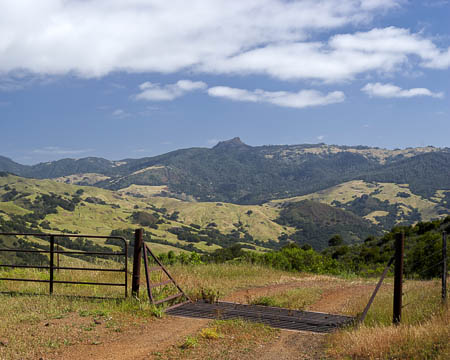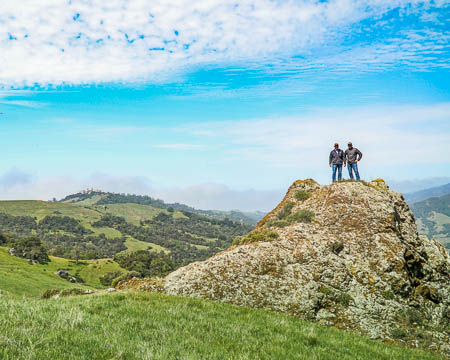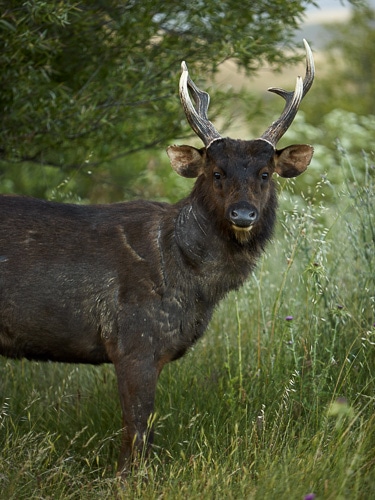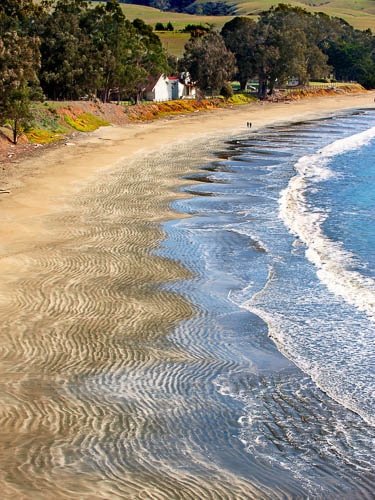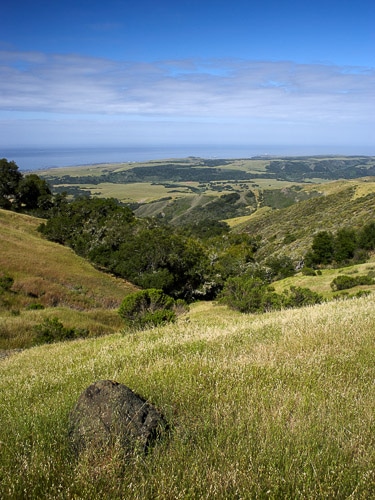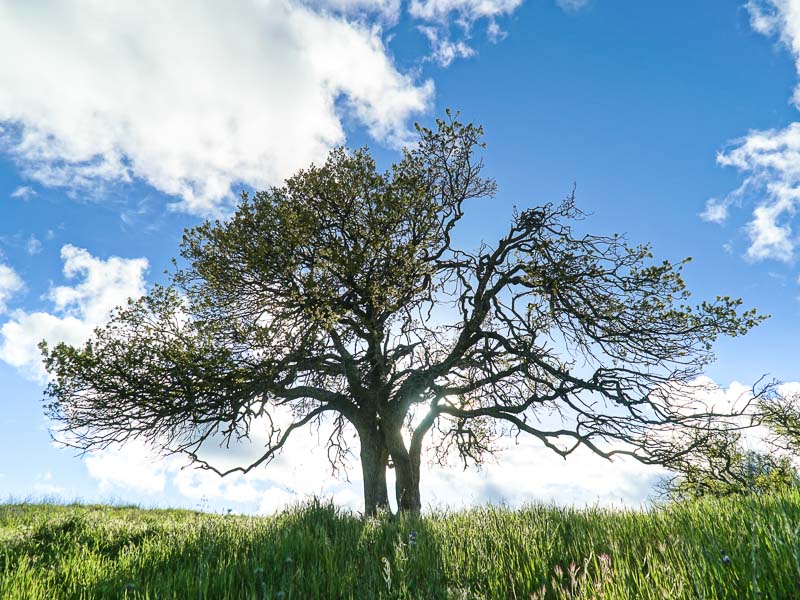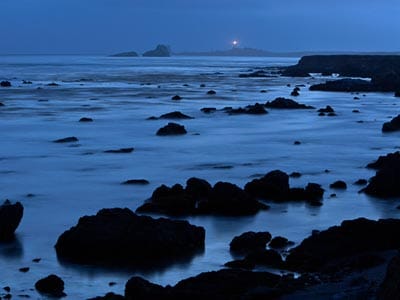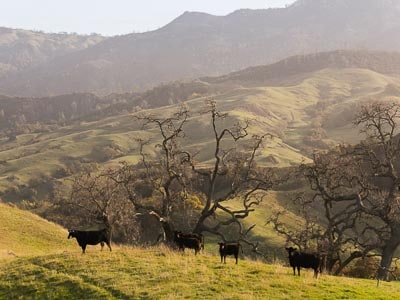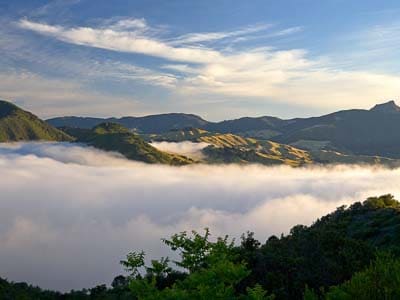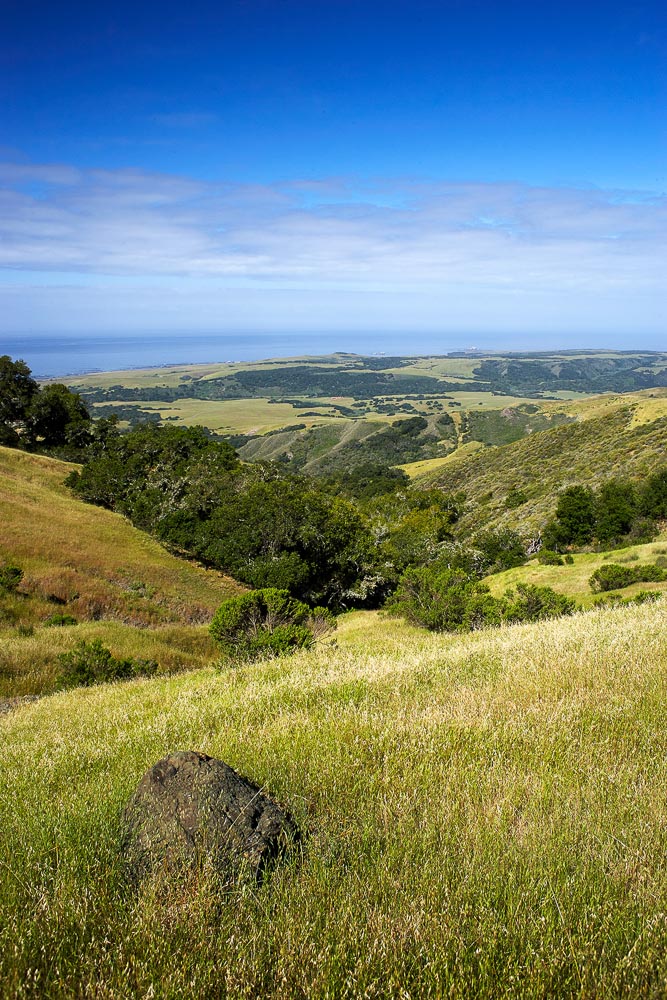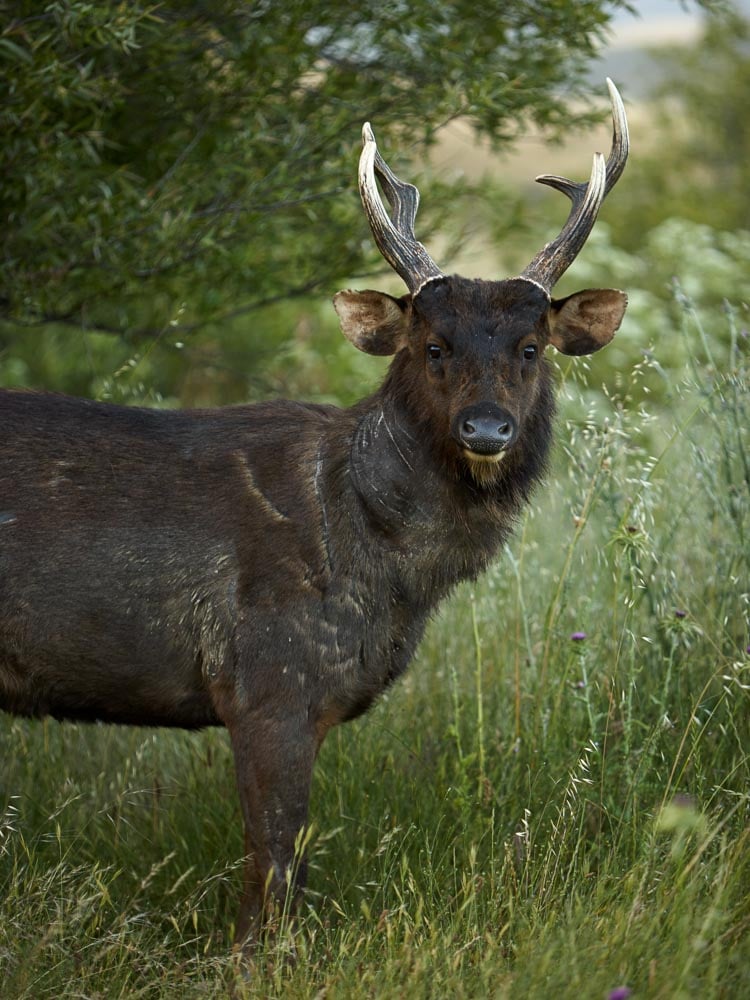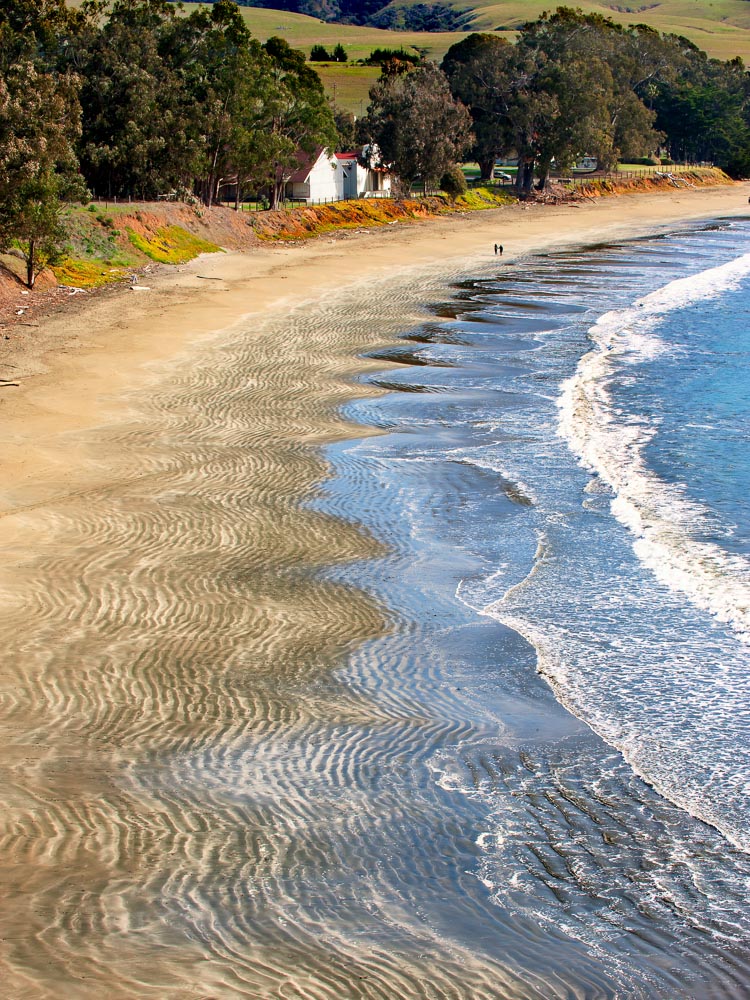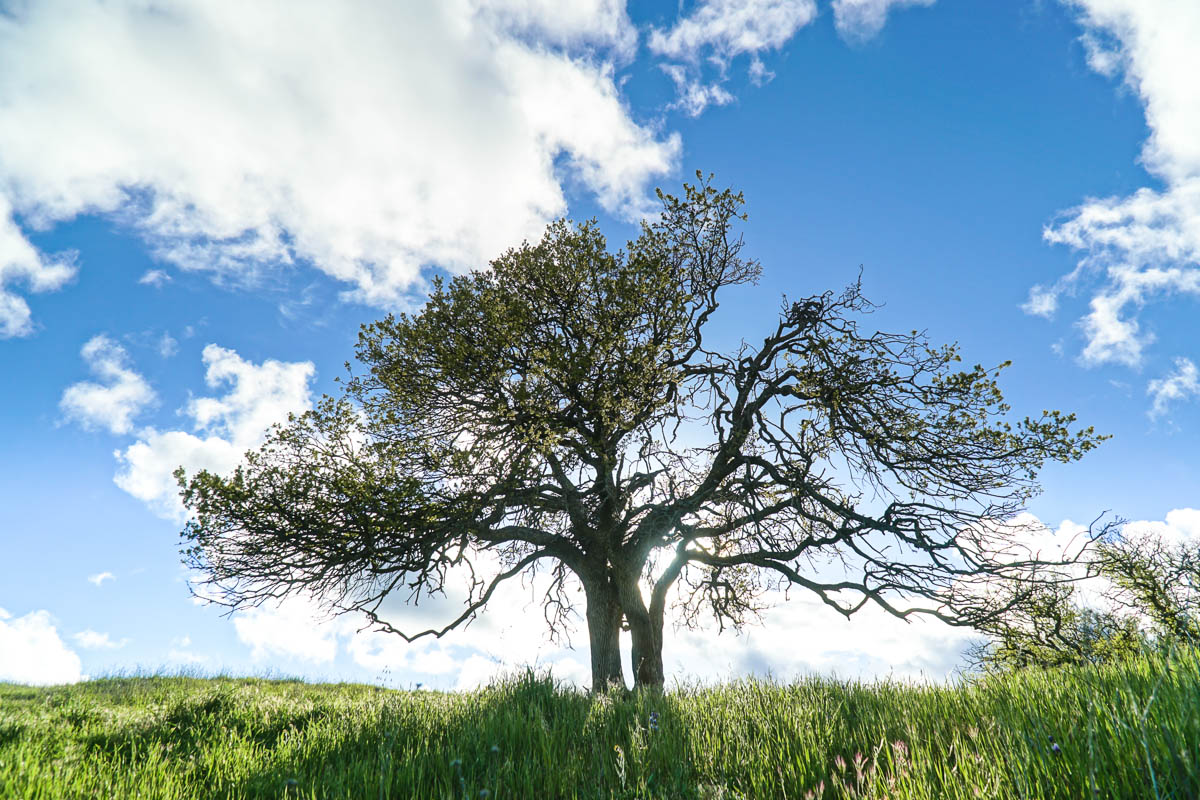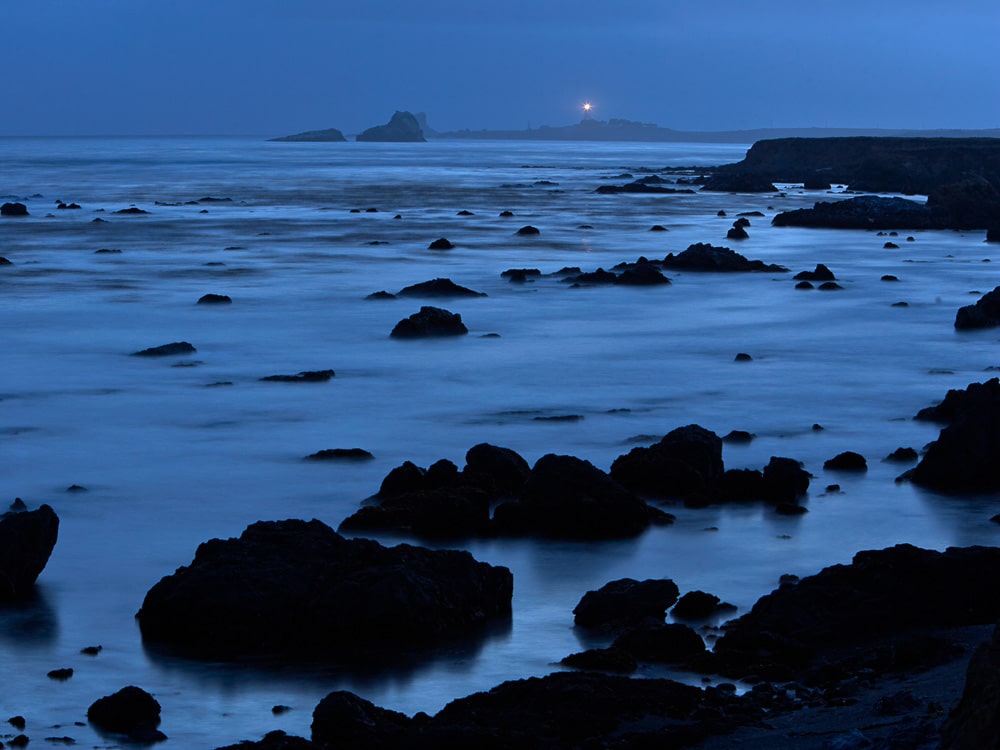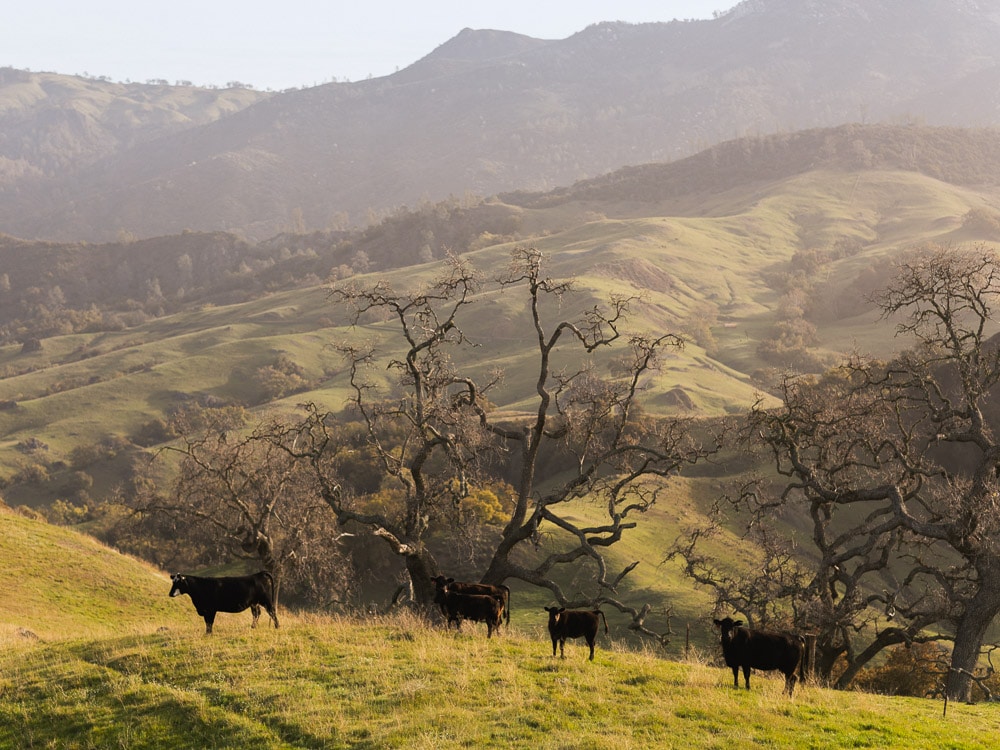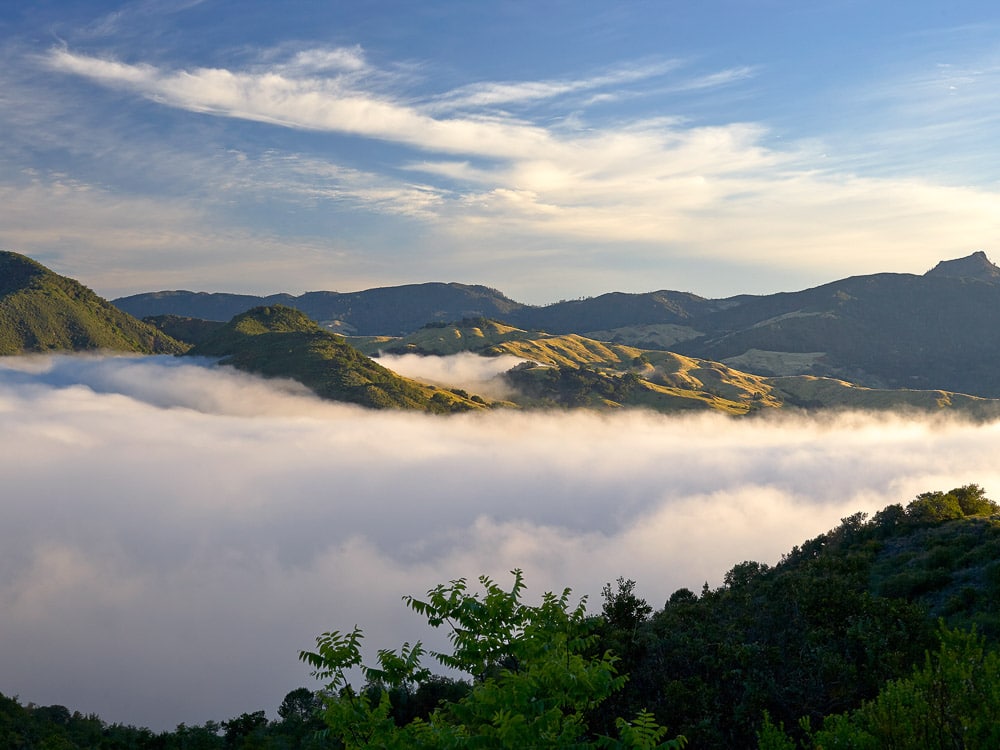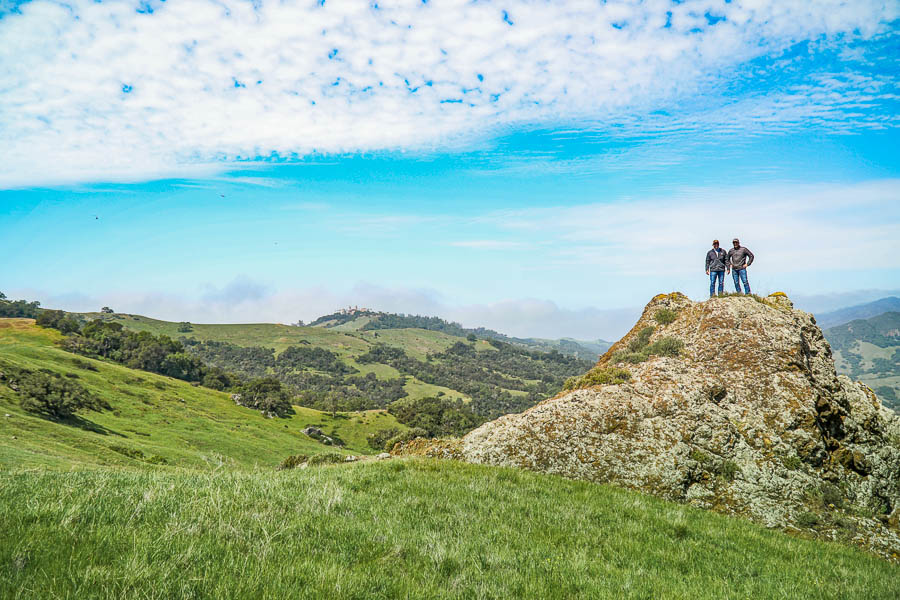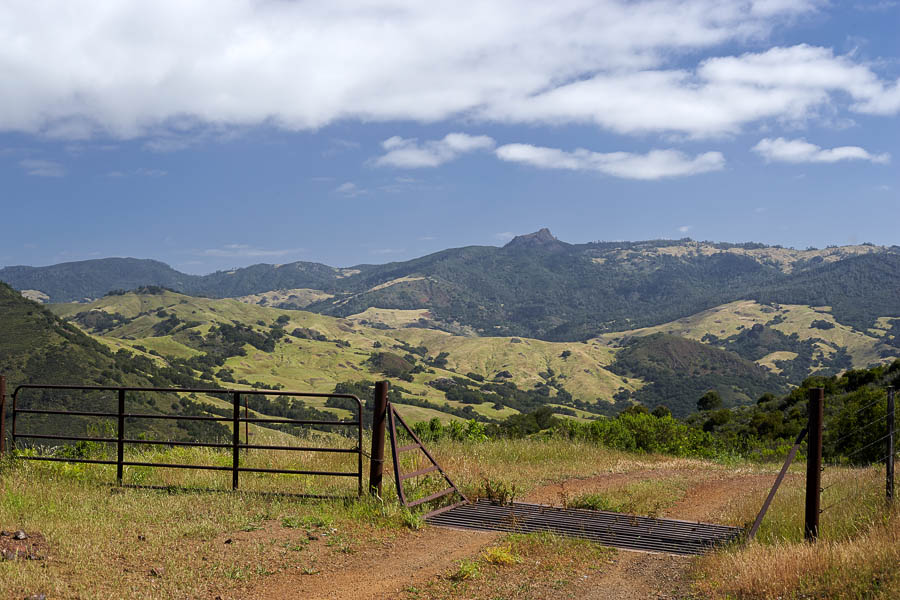The Hearst Corporation donated the Castle to the State of California in December of 1957, but retained the extensive surrounding property to continue to operate as a cattle ranch as has been done since Senator George Hearst made his first land grant purchase in 1865.
While the beauty of the Castle’s surrounds and the storied past of the place is celebrated as part of the history of the Central Coast and Hearst legacy, the modern day conservation story of this ranch is the latest chapter. The herds of zebra that graze on the ranch are a not-so-subtle hint that not only the Castle, but also the land that surrounds it is special.

